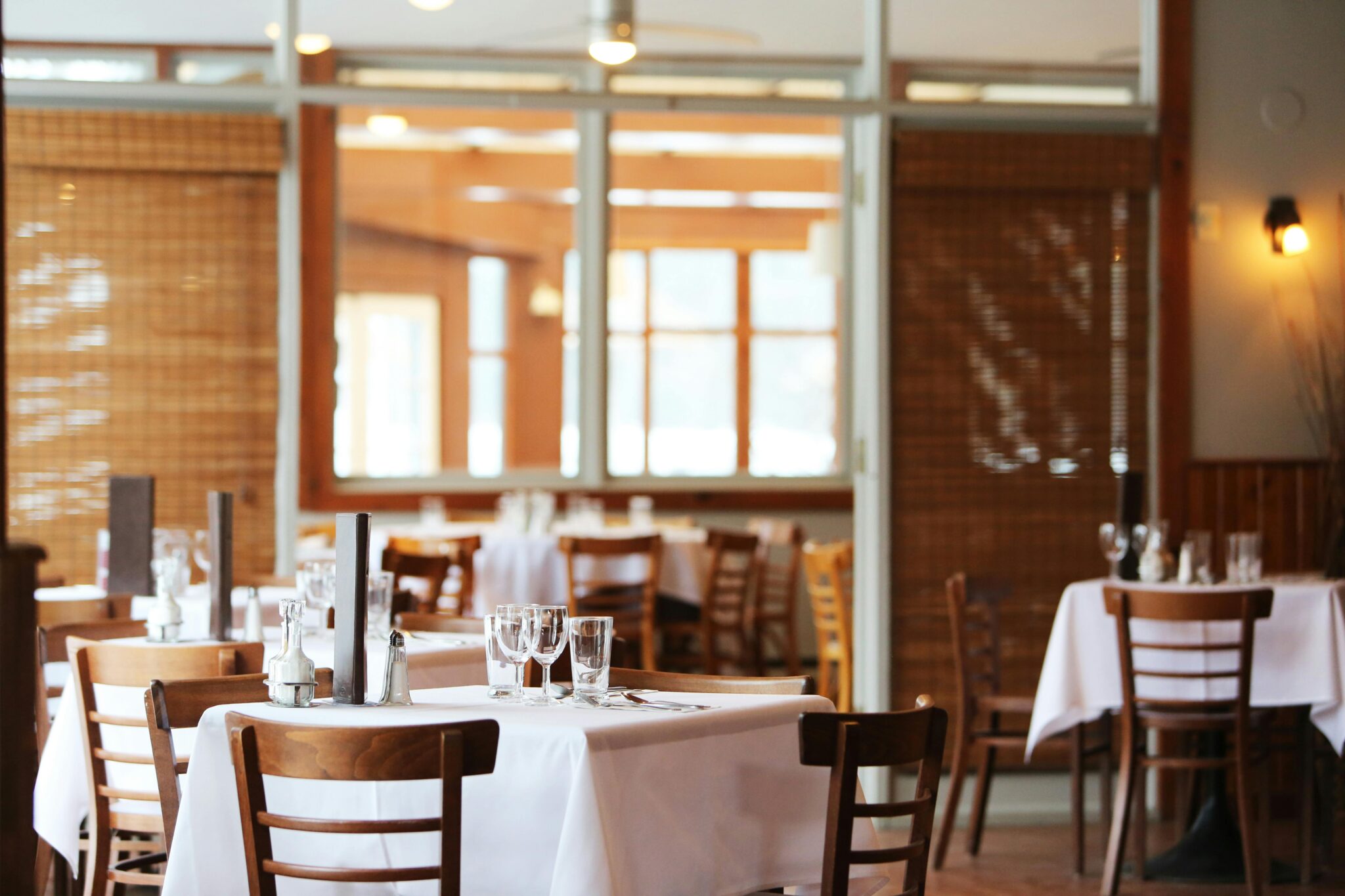Prime Cost: the Secret Sauce to Restaurant Success
When I opened my first restaurant, my focus was on what I call the “fun” part. What was our menu going to be, how the interior would look, what kind of “vibe” would the place have, how to train staff. I was focused on how we were going to make consistently good to great food, develop a service ethic among my staff and let the public know a new restaurant had opened in the middle of a downtown area that was slowly dying.
Given that your restaurant is essentially a small manufacturing business with the added layers of constantly changing food costs, managing your food Cost of Goods is an essential component of operating profitably. This is called your Prime Cost (Labor Cost + Food & Beverage Costs = Prime Cost) which is a critical number. When you know how much it costs you to produce a menu item, you then are able to understand where the profit centers are for your business. The restaurant industry is dynamic — as a restaurant owner you need to know your Prime Cost to know how to react as customer buying patterns change wherever your business is operating.
Here are some general metrics regarding where your Food Costs should be to be profitable:
- Full-service restaurants: 28-33%
- Limited-service restaurants: 22-26%
Beverage Costs
In a typical restaurant, not every menu item will have that low of a Food Cost. If you are a steakhouse, pricing your ribeye steak to meet that cost may make the cost far too high for your market area. This is where you as the owner must look at the entire meal. If steak fries come with that ribeye, your customer may then order beverages because of the saltiness of the fries. A glass of beer, soda pop or iced tea has much lower costs. If you are a breakfast place and you are now paying almost double for eggs than you did a year ago, where may I make my profit? It might be coffee or sweet tea for instance. Here are some typical Beverage Costs:
- Liquor – 18% to 20%
- Bottled beer – 24% to 28% (assumes mainstream domestic beer, cost percent of specialty and imported bottled beer will generally be higher)
- Draft beer – 15% to 18% (assumes mainstream domestic beer, cost percent of craft beer is typically higher)
- Wine – 35% to 45%
- Soft drinks – 10% to 15%
- Regular coffee – 15% to 20% (assumes 8-ounce cup, some cream, sugar and about one free refill)
- Iced tea – 5% to 10%
Hourly Employee Labor Costs
The next part of your Prime Cost is your Labor Cost: somebody must prep, make and serve the food. This is a cost that has increased dramatically in the food industry since COVID. The relative Labor Cost varies greatly depending on the area in which your restaurant is located. In the city where my restaurants were located, the hourly wage pre-COVID for line cooks was around $13-15/hour. It is now $17-20/hour. (Learn More)
In Michigan restaurant owners now have an additional employee cost – paid time off (Learn More). For most Michigan restaurants, this will add 72 hours of paid time off per year. If your line cook is making $17/hr that means your payroll will have an extra $1,224 for each line cook employed at that rate for a year. This will have a profound impact on any owner to keep their restaurant profitable.
Before that law came into effect, here were some industry standards for labor:
- Full-service Restaurant – 18% to 20%
- Limited-service Restaurant – 15% to 18%
- Employee Benefits- 5% to 6% (Payroll Tax expense & Other Benefits Cost
When you add these categories together you develop your restaurant’s Prime Cost. Here are some industry standards regarding where your Prime Cost should be:
Prime Cost
- Table-service – 65% or less of total sales
- Limited-service – 60% or less of total sales
Prime Cost reflects those costs that are generally the most volatile and deserve the most attention from a control standpoint. When a restaurant’s Prime Cost exceeds these levels, it becomes increasingly difficult to maintain profitability. This is where looking at the full scope of your menu, knowing your current Prime Cost and understanding where your profit centers can help you be profitable.
Using the steakhouse restaurant for example, while Food Costs may be in the 40-45% range, you make your profits in beverage sales. Making beverages has a very low Labor impact, as does trimming steaks and cooking them, so while my Food Costs are higher, you offset that with a lower Labor %. Conversely, if your restaurant prepares intricate dishes bringing together a few less expensive ingredients to make that dish, your Food Cost may be in the 25-30% range but you have a higher labor cost because of the intricacies of the menu.
Bottom line, the key takeaway is that if you own or operate a restaurant and you do not know your Prime Cost, you are flying your plane without being able to see clearly where you are going. Having real-time information regarding your Prime Cost allows you as the owner to be proactive instead of reactive when facing an increasing cost structure. As owners, we can only raise our prices so high but if we know where our true costs lie, we can ensure we highlight those items which will give us the best return.
John Schmitt
Senior Business Consultant
Michigan Small Business Development Center
Funded in part through a Cooperative Agreement with the U.S. Small Business Administration. All opinions, conclusions and/or recommendations expressed herein are those of the author and do not necessarily reflect the views of the SBA.

